Building bigger shoulders is more about proper form, range of motion, and maximum tension—and far less about lifting super heavy. Exercise scientist Mike Israetel, PhD, of Renaissance Periodization, recently shared what he considers the worst shoulder exercises: moves that are either a waste of time or don’t maximize growth. Most of these “bad” exercises aren’t useless; they just need a few tweaks to really hit your delts the way that’s necessary for gains.
Check out the exercises and their replacements below, and keep them in mind the next time you hit shoulders.
Related: I’m a Trainer. Use These 4 Shoulder Exercises to Build Strong, Defined Delts
Worst Shoulder Exercises, According to an Exercise Scientist
Standing Barbell Shoulder Press
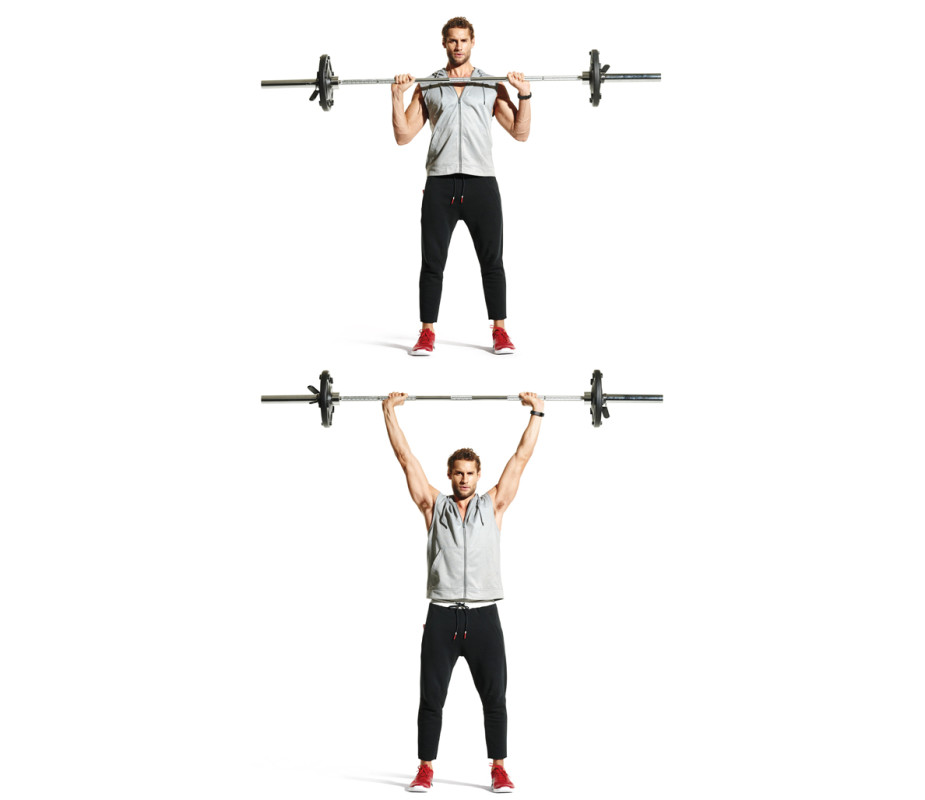
The standing barbell shoulder press is a classic, but many do it wrong. For example, many turn it into a push press, adding a leg drive shifting a lot of the loads to the lower-bodyt. Plus, many lifters only perform half reps within the middle range, missing out on the full stretch needed to grow. When done correctly, it’s one of the best exercises for growing the delts. Keep the bar path tight, touch it to your clavicles each rep, and push straight overhead without relying on leg drive.
Alternating Front Raises
Getty Images/ puhhha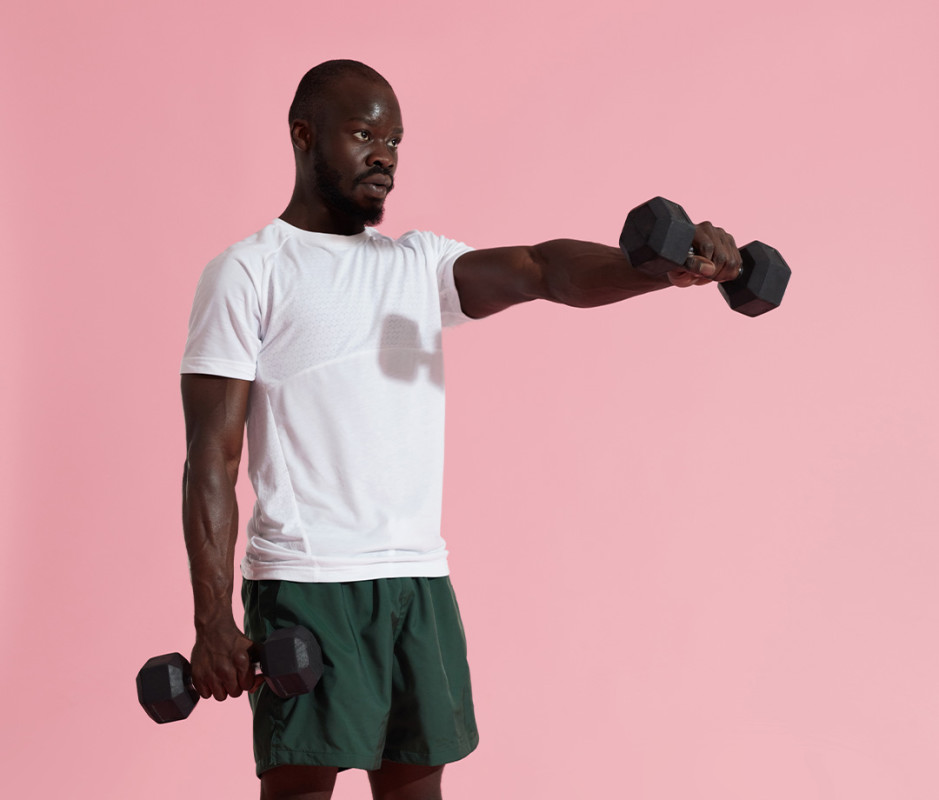
“It’s supposed to hit the shoulders, but it really only hits the front delts. It doesn’t hit the front delts in the stretched position a ton; it hits it in the most contracted position,” Israetel says. “Also, the swinging encourages you to use other muscles of the body, thus enhancing systemic fatigue for basically no reason.”
For better shoulder width, Israetel suggests performing incline dumbbell Y-raises with both arms at once, keeping your pinkies angled slightly upward. This setup hits the side delts too, which gives your shoulders that rounded look.
Standing Dumbbell Internal and External Shoulder Rotation
Getty Images/ Hirurg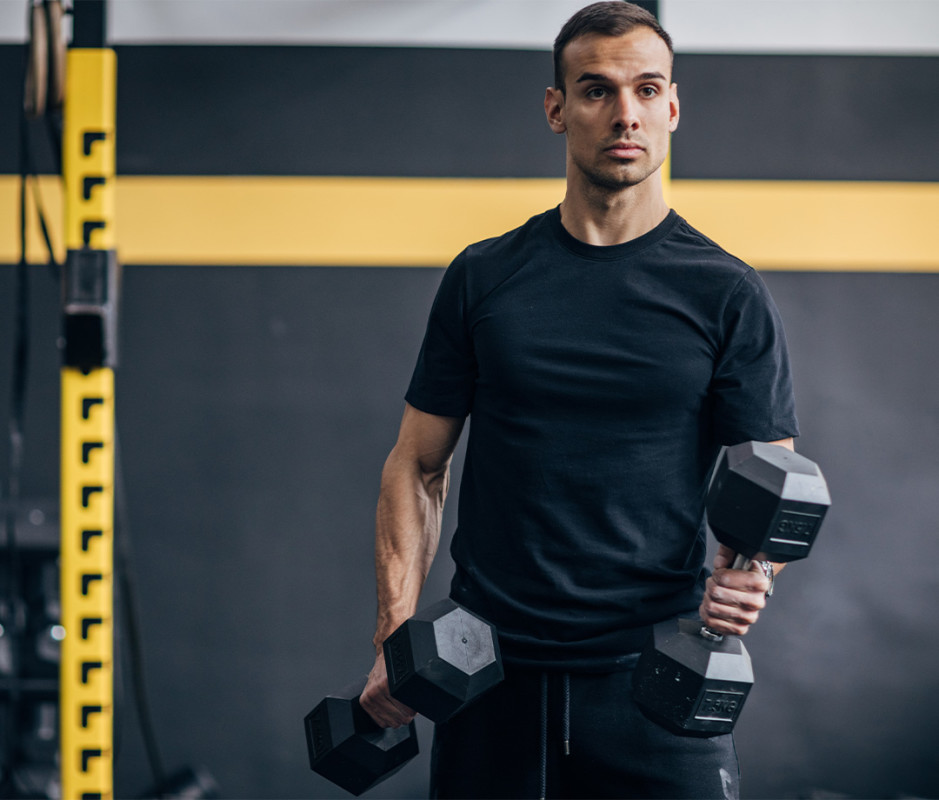
Performing standing internal and external shoulder rotations with dumbbells doesn’t make much sense. Gravity isn’t working against the rotation in a standing position, so there’s almost no real resistance on your shoulder joint. Instead, perform rotations either lying down on a bench or on a cable machine. This setup actually applies tension in the direction your shoulder is rotating, giving you all the benefits of the exercise.
Behind the Neck Press
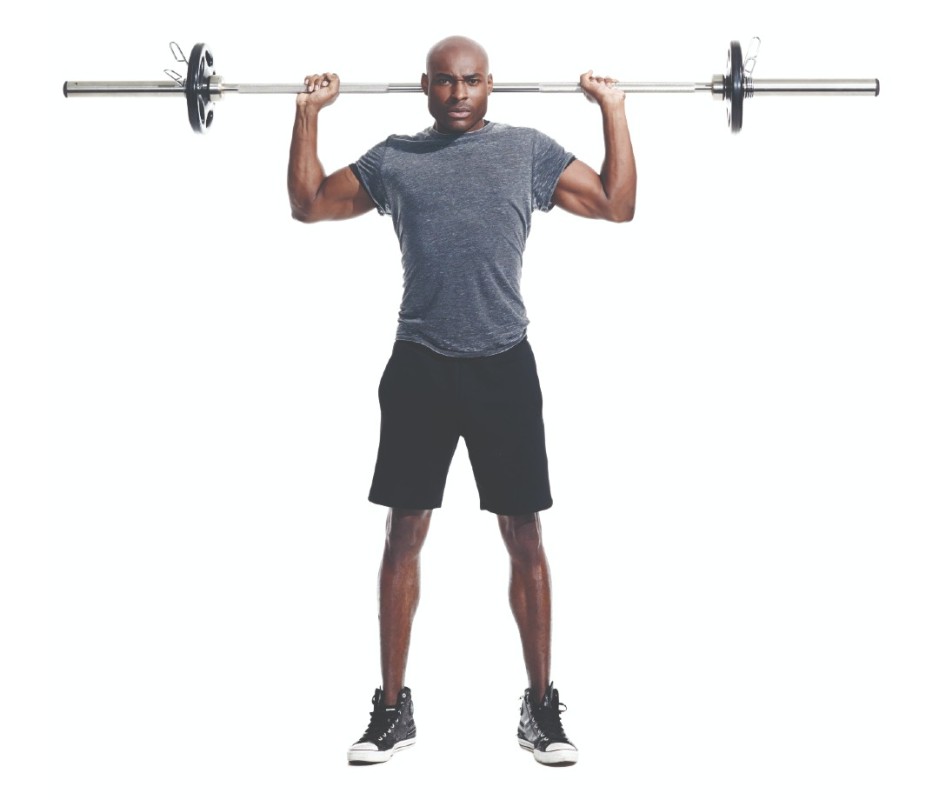
James Michelfelder & Therese Sommerseth
With behind-the-neck presses, most people load up too much weight and barely lower the bar, which does nothing for muscle growth and risks shoulder injury. These can be effective if you lower the bar all the way to the base of your neck, pause, then press back up in control. That deep stretch is where the gains happen. If it hurts your shoulders in general, skip it and opt for a seated barbell press with the bar in front of you.
Seated Dumbbell Shoulder Press
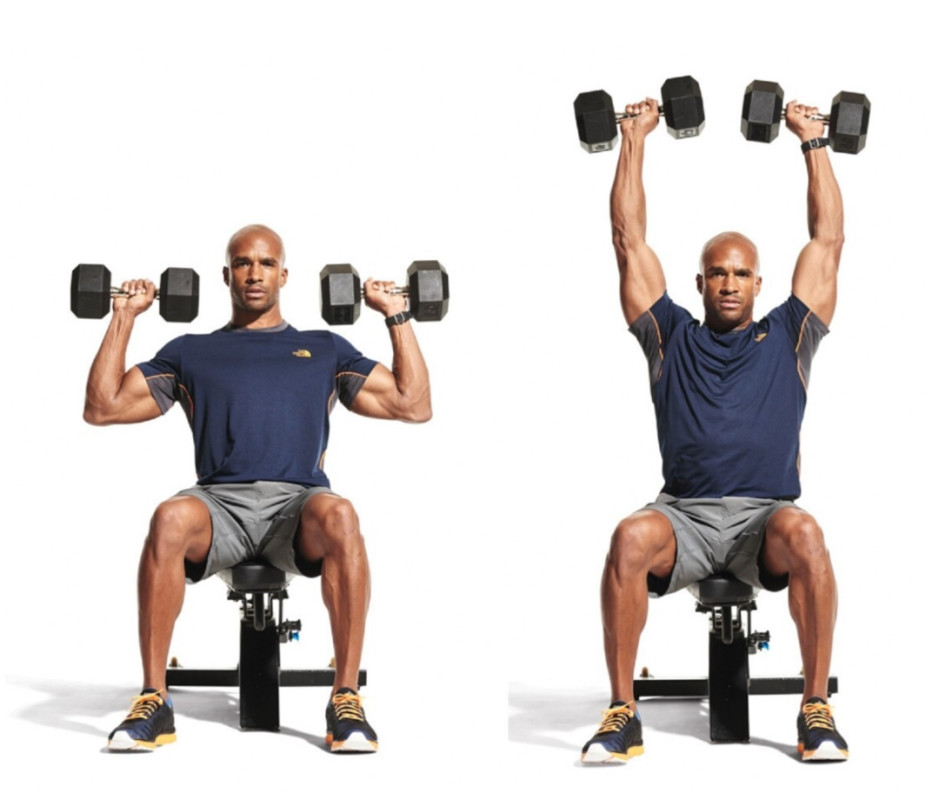
James Michelfelder
Often, lifters set the bench too high, arch their backs excessively, turn it into more of a chest exercise, or only press through the middle range. Instead, sit upright and keep the dumbbells at the outsides of your delts, lowering them just below your shoulders to get a full stretch. You may not be able to lift as much weight, but you’ll hit your shoulders more effectively.
Y-Raise
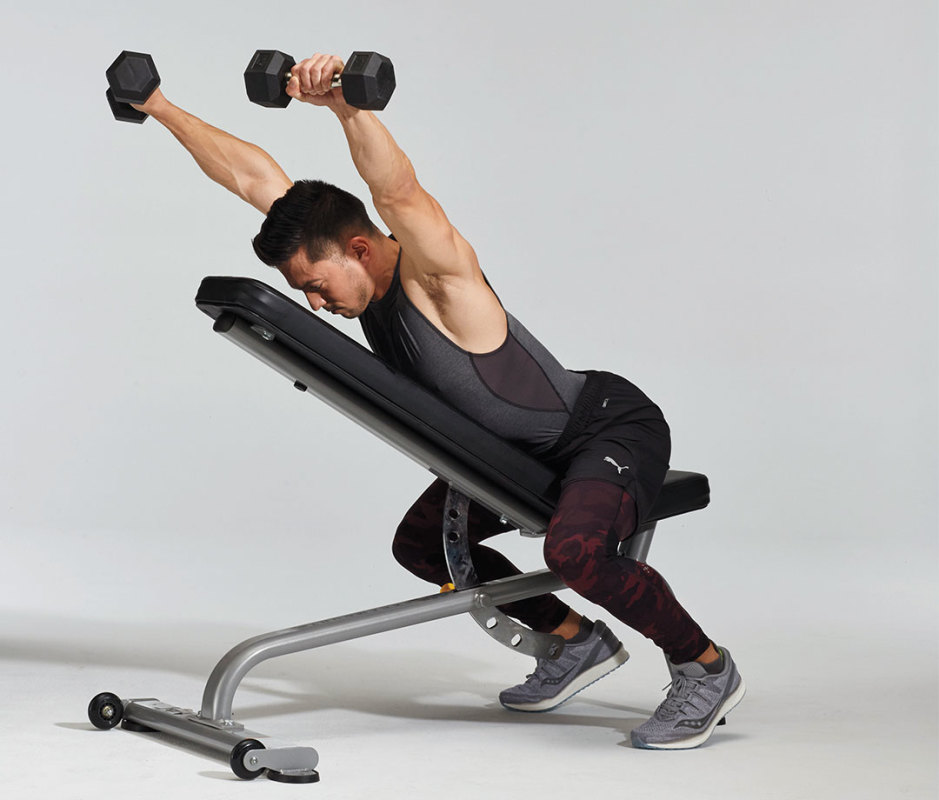
Justin Steele
Dumbbell Y-raises are a solid exercise for shoulder mobility and range of motion, but they’re not ideal for building size. This move is most challenging at the top, where muscle growth is the least, and lacks tension at the bottom, where growth stimulus is most important.
A better alternative is a barbell low incline front raise. With this, you’ll be seated on an incline bench at about 30 to 45 degrees, holding a barbell in front of you. Begin at your torso and lift up and overhead. This version maximizes tension at the bottom, gives a good stretch, and allows a full range of motion.
